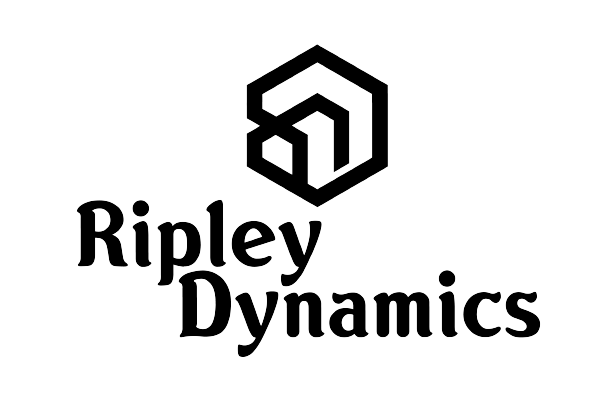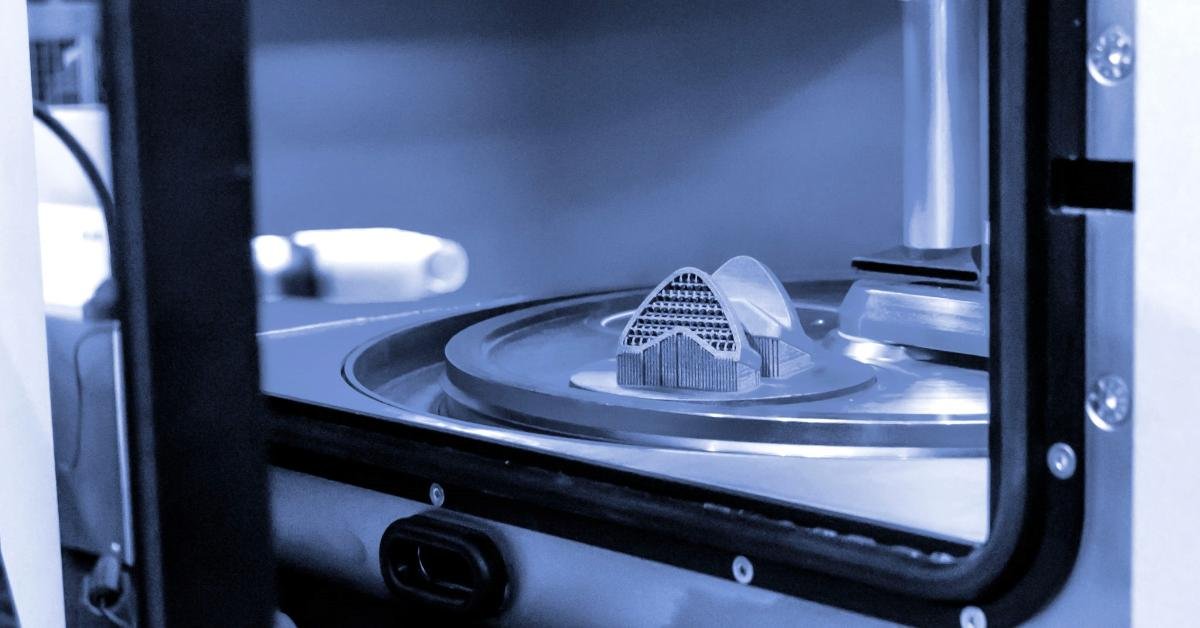
Unleash Precision: Explore SLS 3D Printing & Its Possibilities
Ripley Dynamics specializes in SLS (Selective Laser Sintering) technology, a form of additive manufacturing that is reshaping the way we think about production and design. SLS 3D printing stands out for its ability to create complex, durable parts without the need for support structures. This technology uses a high-powered laser to fuse small particles of polymer powder into a solid structure, layer by layer. The process begins with a thin layer of powder spread across the build platform. A laser then selectively sinters the powder, tracing the cross-section of the design onto the powder bed. After each layer is completed, the build platform lowers, and a new layer of powder is applied. This process is repeated until the part is fully formed.
One of the main advantages of SLS printing over traditional manufacturing methods is its ability to create complex geometries with a high degree of accuracy. This makes SLS ideal for producing parts with intricate details or internal features that would be impossible to create using traditional subtractive methods. Furthermore, SLS does not require support structures, which means less material waste and reduced post-processing time. Ripley Dynamics leverages SLS technology to provide innovative solutions across various industries, offering a blend of precision, efficiency, and reliability.
Selective Laser Sintering in Australia
Selective laser sintering technology represents a significant leap in 3D printing capabilities. At its core, SLS technology is distinguished by how it works: a high-powered laser selectively sinters powdered material, layer by layer, to build a solid structure from a digital model. This process, known as the SLS printing process, offers unparalleled flexibility and precision, making it a preferred choice for many applications.
The SLS printing process begins with a thin layer of powdered material spread across the build platform. The laser, guided by a computer that translates a digital model into a physical object, sinters the powder where the part is to be formed. As the laser moves across the powder bed, it fuses the particles together, creating a solid layer. After each layer is completed, the build platform lowers, and a new layer of powder is spread on top. This cycle continues until the entire part is built.
One of the unique aspects of the selective laser sintering process is that the unsintered powder acts as a support for the part during printing, eliminating the need for additional support structures. This not only saves material but also allows for the creation of complex and intricate designs that would be challenging or impossible to achieve with other manufacturing methods. The versatility of SLS technology, coupled with its ability to produce strong, functional parts, makes it an invaluable tool in the repertoire of Ripley Dynamics.
While SLS excels in creating functional prototypes and complex geometries with a wide range of materials, for high-strength metal parts, explore Ripley Dynamics' capabilities in Selective Laser Melting (SLM) 3D printing.
Harnessing the Power of SLS
The applications of laser sintering are as diverse as they are innovative, and Ripley Dynamics is at the forefront of exploring these possibilities. SLS technology is not limited to creating prototypes; it's increasingly used for the production of functional parts and complex assemblies. This versatility is due to the strength and durability of the parts produced, making SLS suitable for a wide range of industries, including aerospace, automotive, medical, and consumer goods.
In the aerospace and automotive sectors, SLS is used to produce lightweight, complex components that can withstand high-stress environments. The ability to create parts with intricate internal structures, which are impossible to manufacture with traditional methods, allows for performance optimization and weight reduction in critical components.
The medical industry benefits significantly from SLS technology. Customized implants, prosthetics, and orthopedic devices are produced with a precision that matches the patient's anatomy. This customization ensures better fit, comfort, and functionality, improving patient outcomes.
SLS can also be used to create unique, customized consumer goods. From bespoke fashion accessories to personalized gadgets, SLS allows designers to bring their most creative ideas to life without the constraints of traditional manufacturing.
3D Printing Materials for SLS: Expanding Possibilities with Ripley DynamicsF3D
The choice of materials in SLS (Selective Laser Sintering) 3D printing is a critical factor that significantly influences the properties and applications of the final printed parts. Ripley Dynamics offers a wide range of SLS printing materials, each selected for its unique characteristics and performance qualities. These materials are not just powders; they are the building blocks that transform your ideas into functional, durable, and high-quality objects.
Polyamide (PA), commonly known as Nylon, is one of the most popular materials used in SLS printing. Renowned for its strength, flexibility, and durability, Nylon is an ideal choice for a variety of applications, including functional parts, prototypes, and moving components. Its versatility makes it suitable for industries ranging from automotive to consumer goods. Additionally, Nylon's ability to be dyed and finished post-printing allows for a high degree of customization, making it a favorite among designers and engineers alike.
Another significant material in the SLS arsenal is Alumide, a mixture of Nylon and aluminum powder. This material combines the properties of both components, offering increased thermal resistance and a unique metallic appearance. Alumide is particularly suitable for applications that require a balance of strength and aesthetic appeal, such as automotive parts and consumer products.
For applications requiring enhanced thermal resistance and stiffness, Glass-Filled Nylon is a go-to material. This composite material is reinforced with glass beads, which increase its thermal stability and rigidity. It's an excellent choice for parts that need to withstand higher temperatures or mechanical loads, such as in aerospace and industrial applications.
In addition to these polymers, Ripley Dynamics also offers a range of advanced materials for more specialized applications. These include Flexible Polyamide for parts that require elasticity, such as gaskets and seals, and Carbon-Filled Nylon for lightweight yet strong components used in performance-driven sectors like motorsports and aerospace.
The choice of material greatly influences the SLS printing process. Each material has its unique processing parameters, such as laser power, scan speed, and layer thickness. Ripley Dynamics' expertise in SLS printing ensures that these parameters are meticulously optimized for each material, resulting in parts that meet the highest standards of quality and performance.
Moreover, the ongoing advancements in SLS material science are continuously expanding the boundaries of what's possible with 3D printing. Ripley Dynamics stays at the forefront of these developments, regularly updating our material offerings to include the latest and most advanced options. This commitment to innovation allows us to provide our clients with cutting-edge solutions, no matter how complex or challenging their projects may be.
In conclusion, the materials used in SLS 3D printing play a pivotal role in determining the quality, functionality, and applicability of the printed parts. Ripley Dynamics' extensive range of SLS materials, combined with our expertise in selecting and processing these materials, ensures that we can meet a wide range of needs and applications. Whether you're looking for durability, flexibility, heat resistance, or aesthetic appeal, we have the right material to bring your vision to life.


